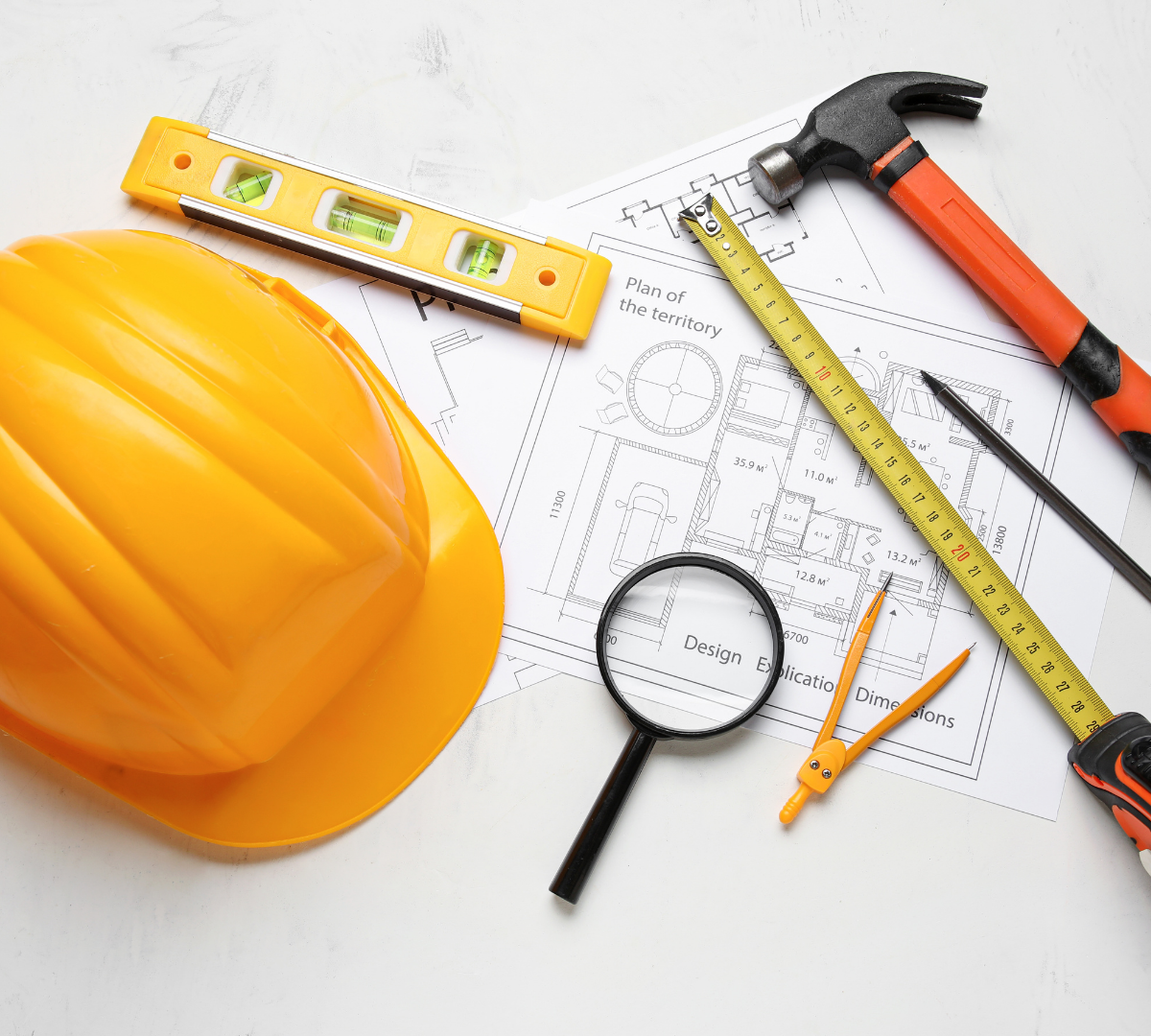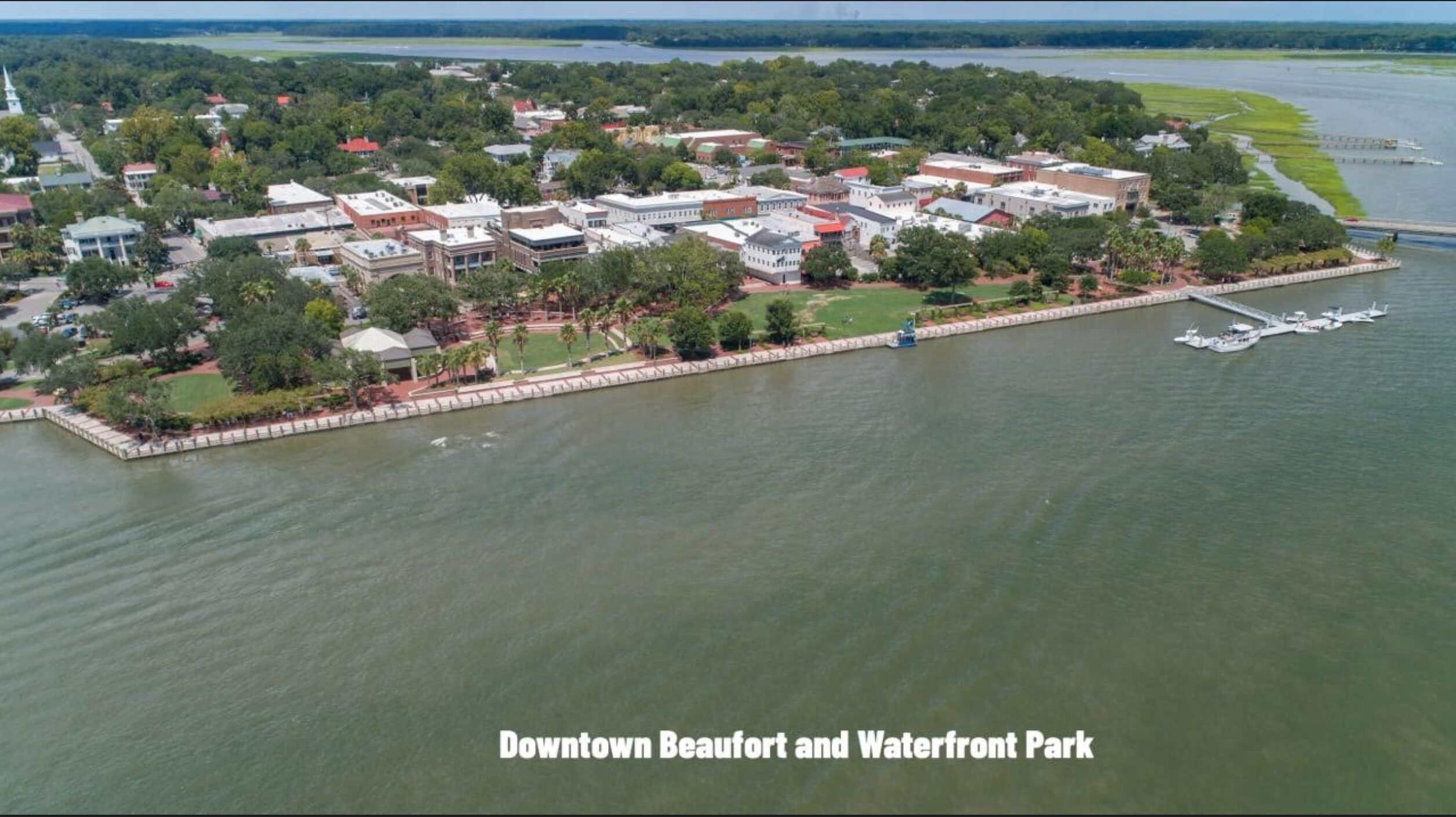If you’ve ever tried to read through a City of Beaufort agenda packet, you know it can be overwhelming. The latest packet on the proposed building code changes ran into the hundreds of pages, leaving many residents wondering what this means for their neighborhood. At its core, the City is attempting to refresh outdated development codes to better manage growth, preserve Beaufort’s character, and provide residents more opportunities to give their input. But the details–covering everything from infrastructure, to green space, to public notice obligations–aren’t always easy to digest. To make things more clear, Beaufort Insider reached out to officials directly for a Q&A.
While Mike Tomy (Chair of the Planning Commission), Kenneth Hoffman (Chair of the Zoning Board of Appeals), and Mike Sutton (Chair of the HDRB) did not respond to our inquiry, Curt Freese (Director of Community Development) and Phil Cromer (Mayor of Beaufort) provided key answers to our questions. The following questions have been summarized for clarity.
What is the purpose of these changes?
According to Mayor Cromer, changes to the Beaufort Development Code are about responding to feedback from residents and requests from Council regarding quality of life concerns–citing traffic congestion, overdevelopment, loss of natural habitat and tree canopy, and preserving the city’s character and environment. “The current changes primarily concern infrastructure, streets, open space, trees and landscaping, procedural requirements, approval standards, and public notice obligations,” said Freese. Both Cromer and Freese stated that a major goal of these revisions was to make the Development Code “clearer, more predictable, and transparent for citizens and developers”. Because of these changes, the public is expected to have more opportunities to get involved, and the Planning Commission will be better equipped with clear standards to guide decision-making.
How are trees and green space being protected?
The new rules would strengthen safeguards for landmark trees, canopies, and green spaces, and increase fines for developers that break them. “Each project will now be required to preserve a portion of the existing tree canopy,” said Freese. Developers will face additional requirements, such as doubled penalties for unauthorized tree-cutting. For individual homeowners, Freese emphasized that “care was taken to avoid placing additional burdens on homeowners,” as he cited City Council’s recent approval of an exemption from stricter tree requirements.
What about traffic and congestion?
Traffic has long been a sticking point in Beaufort’s development discussions. Previously, traffic studies from the Traffic Impact Analysis (TIA) only considered intersections within a half-mile radius of a proposed project. With these changes, that boundary will expand to a full mile, covering more congestion hot-spots and providing a more accurate picture of how a new development will affect the larger community.
Will residents have more input?
Yes, residents can expect to have more opportunities to provide input on projects. One “key substantive change” being made to the Development Code would double the formal notice area for public hearings from 500 feet to 1,000 feet– which Freese referred to as “more extensive than any other jurisdiction in the region”. This means more households will be directly informed when development is proposed nearby. Residents should also expect to see more transparency from the City throughout this process, as the Planning Commission has committed to provide regular progress reports.
How do permits change?
A common frustration for residents has been developers sitting on approved permits for years without moving forward. These proposed changes would give developers less time to hold onto unused permits. According to Freese, “the revisions reduce the timeframe for most permit extensions by half compared to current standards.” This change is intended to make projects more transparent and predictable for neighborhoods, and encourage timely development. While we can’t go back on past projects, like the controversial Harbor Freight building or the two-story McDonald’s, the hope is that future projects will face higher standards and more community oversight.
Where do short-term rentals and multi-family projects fit in?
Not yet. The current chapters being reviewed lay the groundwork for strengthening infrastructure, increasing tree and environment protections, and expanding public hearings. Discussions regarding zoning, density, and design– including short-term rentals and multi-family projects– will come up over the next few months as the Planning Commission reviews Chapters 2, 3, and 4 of the Development Code.
While the details may seem buried in legal jargon, these code changes aim to make development more predictable, more transparent, and more responsive to the people that live here. This round of revisions– consisting of Chapters 5, 7, and 9 of the Beaufort Development Code–is only part of the overall update. Chapters 2, 3, and 4 will be up next for review in the coming months by the Planning Commission before they bring their recommendation to the City Council. As this story continues to unfold, Beaufort Insider will work to make the message clear.



